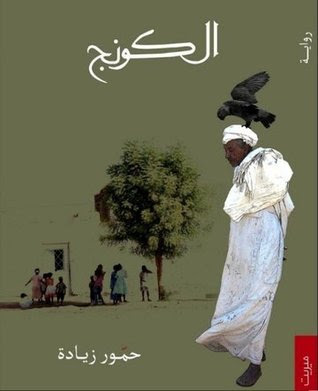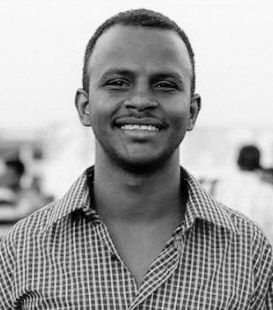We continue our discussion on youth novelists in Sudan; whereas in the first article we spoke about nov els in general and the most notable names in Sudanese literature.
Local awards such as the two Tayeb Salih awards –one organized by Abdelkarim Mirghani Cultural Centre (where the writer has to be Sudanese) and the other by Zain Telecommunication company (with a regional reach because of the company’s branches across the region) have a huge influence on young writers: like Hisham Adam who won an award from the Abdelkarim Mirghani Centre in 2009 for his novel “Gongolaiz” and again in 2015 –this time from the Zain organized award- for his novel “Kajomi”. Adam has four other novels; “Artaka”, “The First Lady”, “The Land of the Dead” and “Petrophobia”.
Awards shed light on brilliant writers such as Abdalaziz Barka Sakin who won the award by Abdelkarim Mirghani Centre. The importance of these awards comes from the fact that they introduce writers to a wide audience of both Sudanese and Arabic readers. One of these special writers is Rania Mamoun who has two novels “Son of the Sun” and “Green Flesh” as well as a stories collection named “13 Months of Sunrise”. Notably, her works have been translated to English, Swedish and Persian. She was awarded with both local and regional awards and many writing workshop scholarships, such as the workshop for the Arabic Booker Awards (International Prize for Arabic Fiction). Speaking of the Arabic Booker Award brings to mind the famous Hammour Ziada and his novel “The Longing of the Dervish” which won the Naguib Mahfouz Award and was nominated to the short list of the Arabic Booker Award. Hammour also wrote “The Kong” and writes short stories regularly for the Egyptian website “Plus 18”.

Source: Goodreads.com
As for Emad Bilaike he has his famous novel “Shawarma”, which grabs the attention with its strange name and then captivates you by the smooth narration and interesting plot. When you dig deeper you discover that Bilaike also wrote two novels that were part of the Abu Dhabi Book Fair in 2003. He also wrote “Blood in Khartoum” which was published in 2008 and “The Holy Cat” about the youth revolution in France, published in 2013 and was part of El-Tayeb Salih Award for 2010. Emad also wrote a book on literary criticism titled “Arabic Novel: Searching for a Meaning”.
There is also the novelist Omiama Abdallah who had her first collection for short stories “Moon Harbors” then “Till Further Notice” and the novels “Paralyzed Memory” and “Lover Floating on Ashes”, which is a collection of short stories about Darfur. She also has the two other novels “Amadera”and “Moon Light”. Finally, we cannot ignore the beautiful icon from South Sudan Stella Gaitano, who mastered the art of narrating the everyday life of both South Sudanese and Sudanese communities in her short stories collections “Wilted Flowers” and “The Return ”.
I find it difficult not to mention what happened in the last edition of the Khartoum Book Fair; where authorities seized some novels by young writers; such as “The Courier of the slit Riyal” by Mubarak Ardol and Ihab Adlan’s novel “The Bottom of the City”. Such attitude by the authorities does not make sense, because even if the novel or the story has a weak narration, it’s a projection of the writer and his environment. Such actions by the authorities will do nothing to solve the reality, as the writers aren’t the causes of the problems they speak of. No novel ever removed a dictatorship, but creative artists have always been targeted, thus most authors take refuge outside in asylum.
In the next article and last installment of this three-part series, I will attempt to shed light on the role of social media in developing writers’ skills and elaborate on some writers who have their own blogs, in hope of encouraging them to continue online publishing for all the benefits it accrues in contrast to paper printing.
